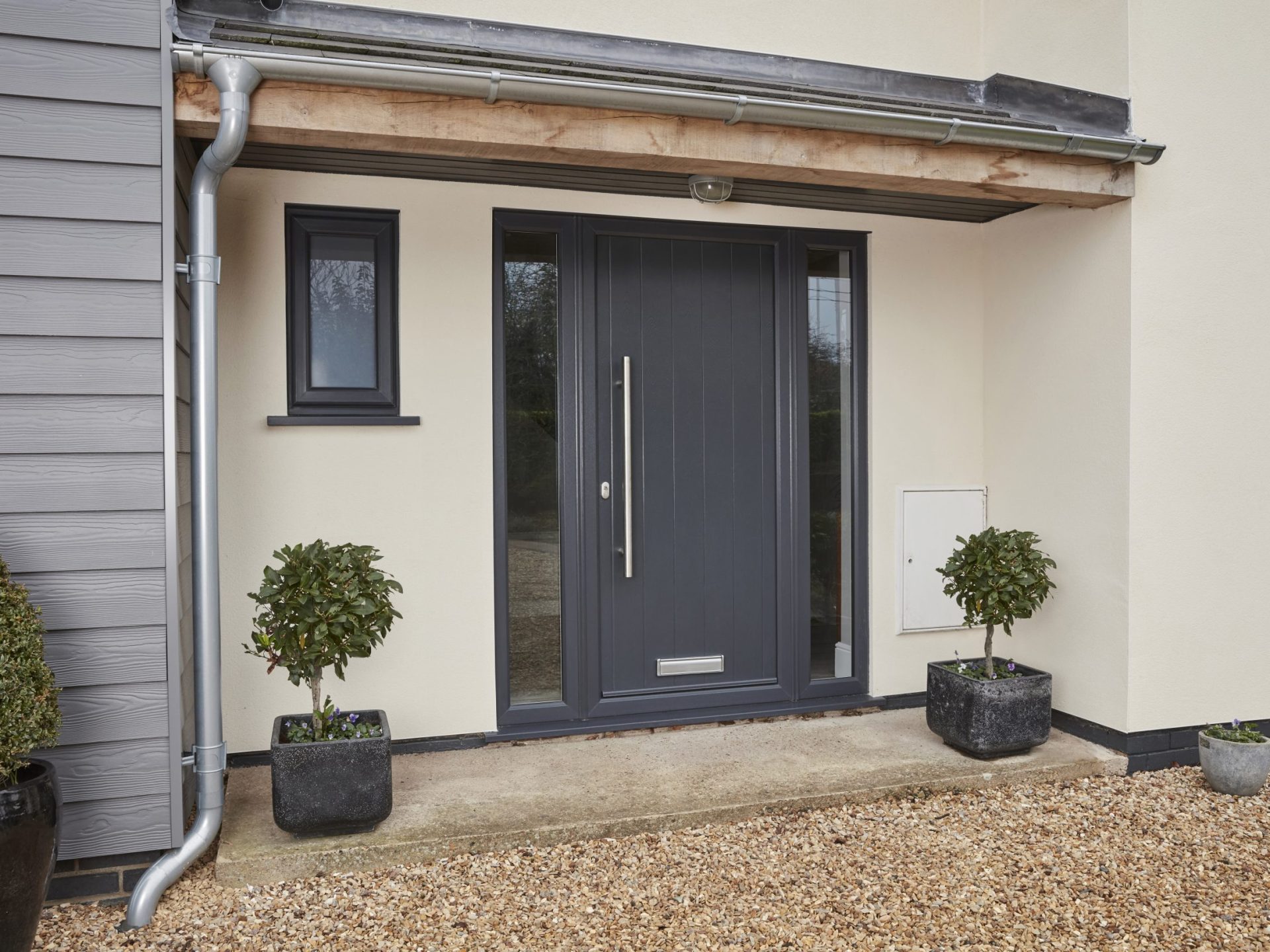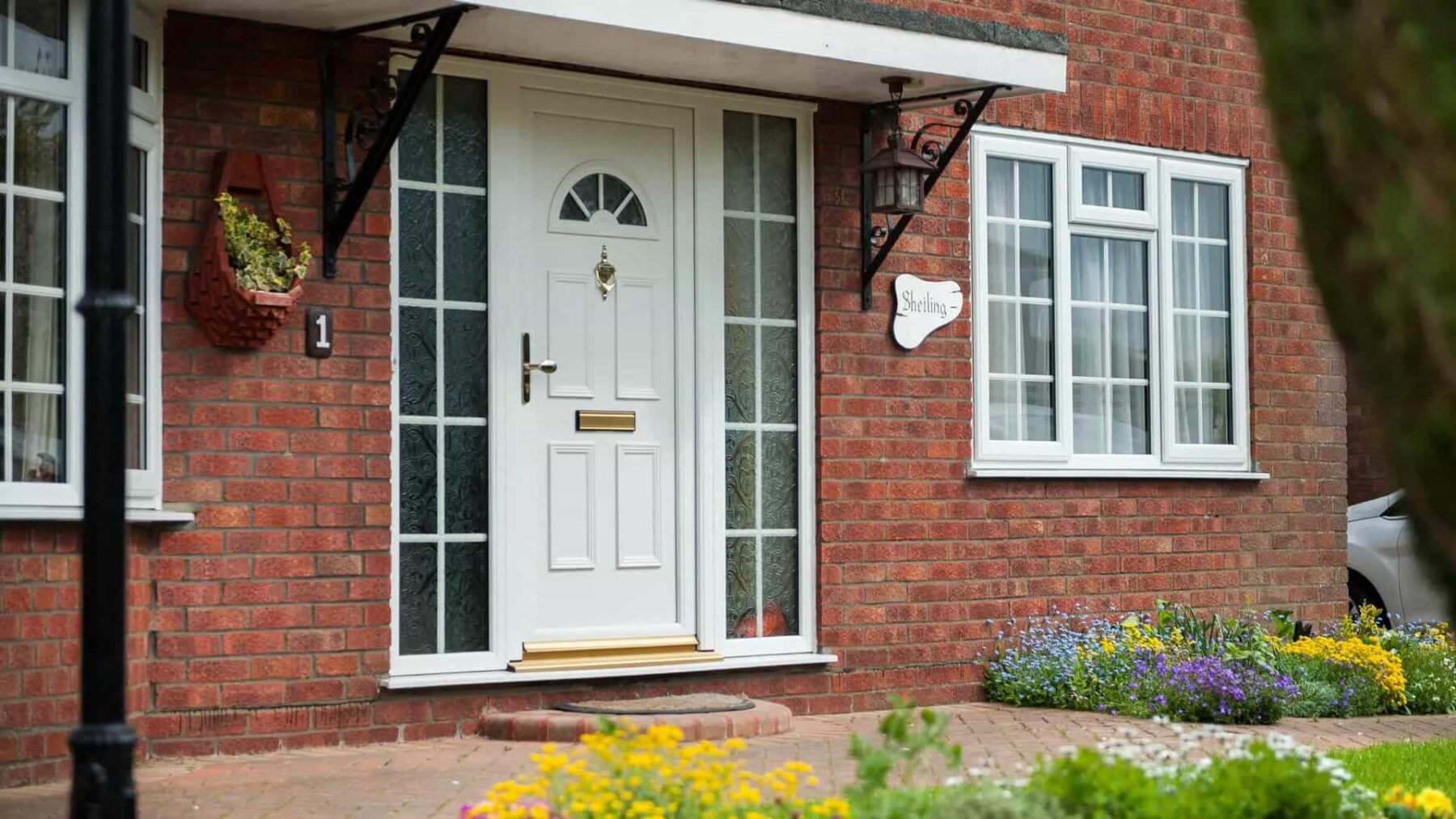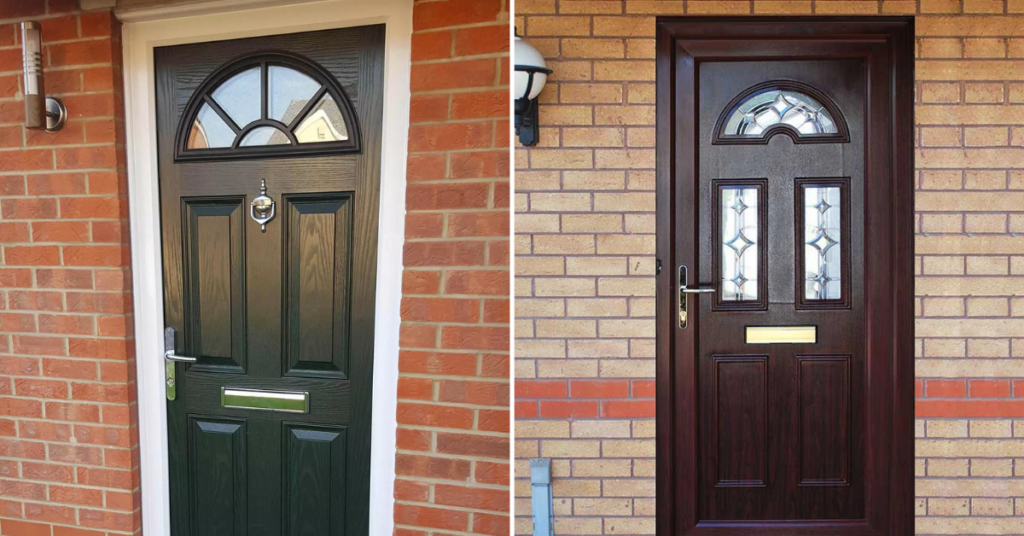When it comes to the entrance of a home, it’s more than just a functional entry point. It also serves as the first impression for visitors. That’s why the choice of material for a front door is crucial for homeowners. Two popular options in modern home design and renovation discussions are composite doors and uPVC doors. Both have unique characteristics, so understanding the differences between them can help determine the best fit for a particular home or project.
Material and Construction
Composite doors get their name from their multifaceted construction process. These doors are crafted using wood, PVC, insulating foam and glass-reinforced plastic (GRP). This deliberate amalgamation allows each component to contribute its strengths, resulting in a robust, thermally efficient door and visually appealing door.
On the other hand, uPVC doors are primarily made of unplasticised polyvinyl chloride. This type of plastic retains its rigidity without going through softening processes like other forms of PVC do. Sometimes, these doors may be reinforced with metal elements—typically steel—to enhance their strength and resilience.
Variety in Appearance
Regarding aesthetics, composite doors provide more flexibility compared to other options. Their composition includes GRP, allowing for a finish that closely resembles traditional wood’s natural grain and richness. This means homeowners can enjoy wood’s charming and warm appearance without dealing with the maintenance it usually requires. Composite doors come in various colours, designs and styles, allowing for a customised look that suits different architectural themes.

In the past, uPVC doors often had a more artificial and plastic-like appearance despite being available in various colours and finishes. However, advancements in manufacturing techniques have narrowed this gap significantly. Nowadays, many modern uPVC doors can rival other types of doors in terms of aesthetic appeal.
Durability and longevity are crucial factors for homeowners when choosing their doors. Thanks to their multi-material design, composite doors offer excellent resistance against weathering, warping and fading. Their sturdy structure ensures that they remain unaffected by extreme changes in climate conditions, making them suitable for different geographical locations.
uPVC doors are known for their resilience as they are highly resistant to rotting, rusting and corrosion. They naturally withstand degradation caused by weather conditions exceptionally well. This makes them a popular choice for areas that experience significant shifts in climate.
Reinforced doors have been designed to enhance their durability and protect against potential break-ins by integrating steel into their construction.
Energy and Efficiency
Regarding energy efficiency and insulation in modern home design, composite doors excel. They feature an insulating foam core that acts as a thermal barrier, preventing heat transfer and ensuring that homes stay warm in winter and cool in summer.
Similarly, uPVC doors offer impressive insulation properties. The nature of uPVC as a material provides good thermal resistance. With advanced manufacturing techniques and effective sealing mechanisms, these doors can significantly reduce drafts and heat loss.
Maintenance
Homeowners often consider maintenance requirements before making decisions. Fortunately, composite doors require minimal upkeep. A simple wipe-down with a damp cloth and occasional hardware checks are typically enough to keep them looking fresh and functioning well.
uPVC doors are also low maintenance. They resist common forms of degradation, allowing them to remain in excellent condition with regular cleaning and occasional hardware inspections. There’s no need for repainting or sealing, while the colour remains consistent throughout their lifespan, reducing the frequency of touch-ups required.

Price
Of course, economic considerations are always important when choosing products for your home. Composite doors are often priced higher than uPVC doors because of their complex construction and the combination of materials. However, many homeowners find the higher cost justified due to these doors’ durability, attractive appearance and energy-saving properties.
On the other hand, uPVC doors are generally more affordable and offer great value for money, especially considering their long-lasting nature and low maintenance requirements. UPVC can be an appealing choice for individuals with tighter budgets without compromising essential features.
To Summarise
Both composite and uPVC doors have found their place in the home improvement market thanks to their unique advantages. Composite doors offer aesthetic versatility and well-rounded features, while uPVC doors are cost-effective and resilient. Ultimately, the decision comes down to personal preferences, budget limitations and specific needs.
Need more information? Here’s a much more in-depth, informed article on the differences between composite and uPVC doors from a specialist.






